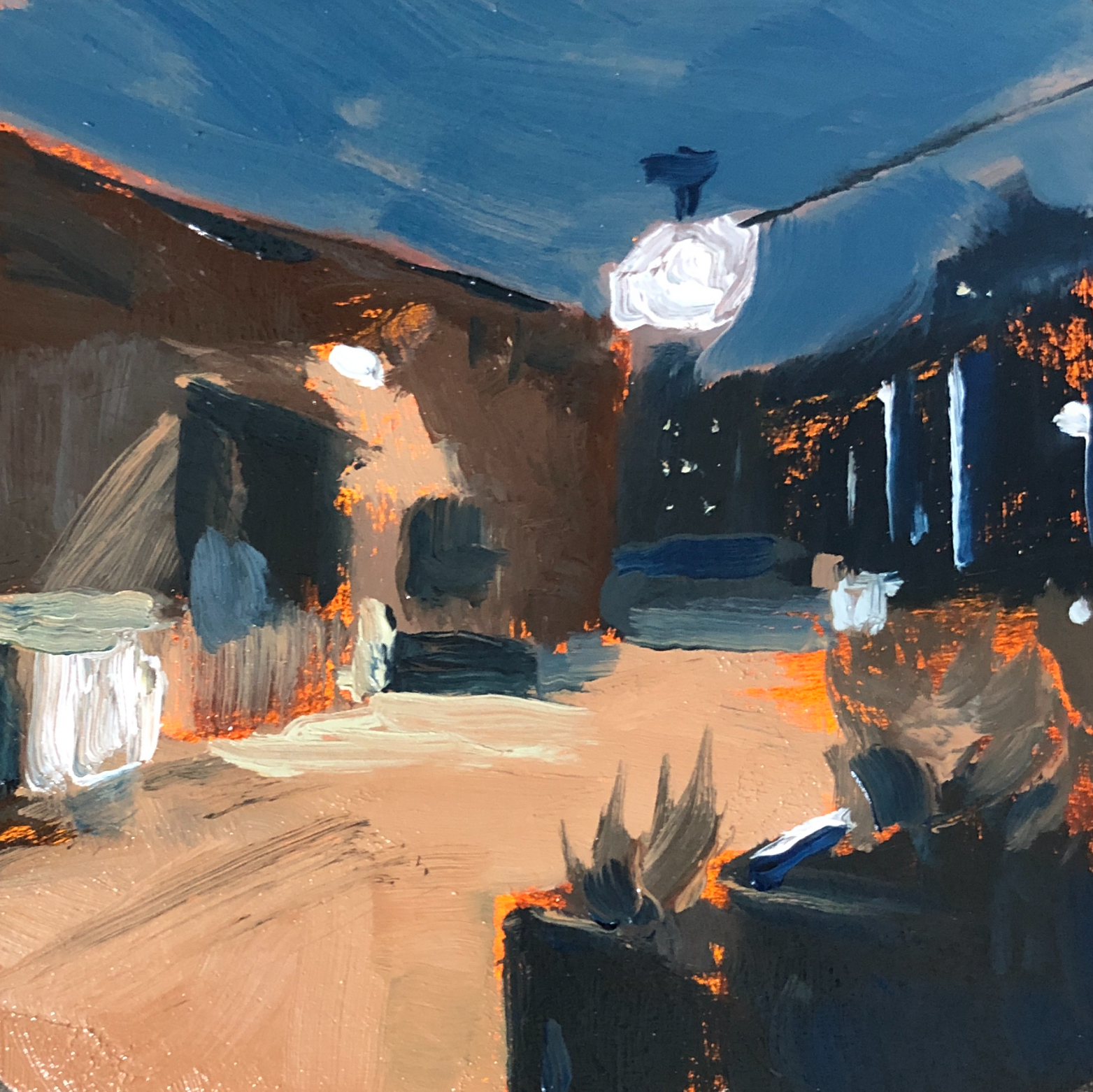Today let’s discuss how to start (or maintain) oil painting for as little money as possible, without sacrificing quality.
One of the main things you need is paint. But you don’t need every color in the rainbow to start. In fact, you’ll learn quicker if you start with just one pigment, say, burnt umber, for example.
It may not be as exciting, but if your goal is to learn to control oil paint, one pigment is all you need. (See the previous article on monochrome painting.)
And you can get a 37ml tube of premium M Graham burnt umber for under $10. Not bad. Premium oil paint is usually softer and easier to manipulate so you don’t need mediums while painting. So there is more money saved right there.
Now you need a firm brush to push that oil paint around. You can get a high quality Princeton Dakota number 8 for about $10. Sound like a lot for a brush? If you treat it well, it can easily last years.
Here is a video on how I clean my brushes to make them last forever. https://youtu.be/2gMDf1Bwo9o
It’s helpful to have multiple brushes but you can definitely get by with just one. I like angled bright brushes because you can get broad strokes, sharp lines, and fine points. All that from one brush, and more money saved.
For a support to paint on, I like hardboard panels, formally known as masonite. They are great for learning and even finished paintings if properly sealed and primed.
You can get a 4×8’ panel at Home Depot cut into 96 6×8” panels, a perfect size for quick studies. At around $14 for the full sheet, that comes to about 15 cents per panel, compared to $2.50 at an art store.
If you bought those 96 panels in an art store it would be $250. That’s quite the discount.
If you are learning to paint in monochrome, there is virtually no reason to clean your brush while painting. So no solvents need. Just wipe it with a rag or paper towel. More money saved.
Now you could wash your brushes with soap and water after you finish painting, but if you paint regularly, you could just dip them in Gamblin safflower oil.
You can get a bottle for around $25, but that bottle could easily last you a year if you are just using it for dipping brushes. It’s well worth it because it will save you from washing brushes all the time.
Finally you need something to prime your panels. You could get some Golden acrylic gesso for about $15 or student grade gesso for even less. It will do just fine if you are learning and experimenting. But here is a little tip if you want to use some of that money you just saved.
Consider trying Michael Harding nonabsorbent acrylic primer. If you are painting in monochrome with a reductive technique, it will enable you to wipe off paint much more easily than gesso.
It’s a little pricey at $28 for the small jar but a little goes a long way. Not a money saver but it makes painting more enjoyable.
Gamblin oil ground is even better but you’ll also need a sizing like GAC 100 from Golden, and that is more money to spend, and defeats the purpose of this article.
Just about the only other thing you would need is a mixing palette. I prefer wooden palettes but for the sake of saving money you could just use aluminum foil. You probably already have that, so that’s free.
So there you have it: An absolute bare bones way to start oil painting or maintain it if you you are short on cash. It may not be very exciting, but it will get the job done.
What tips do you have for saving money on supplies. Let me know in the comments. I’d love to hear from you.
Stop back tomorrow, and everyday, for more painting tips.
Stay inspired,
Bry

